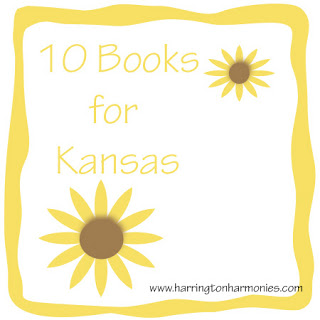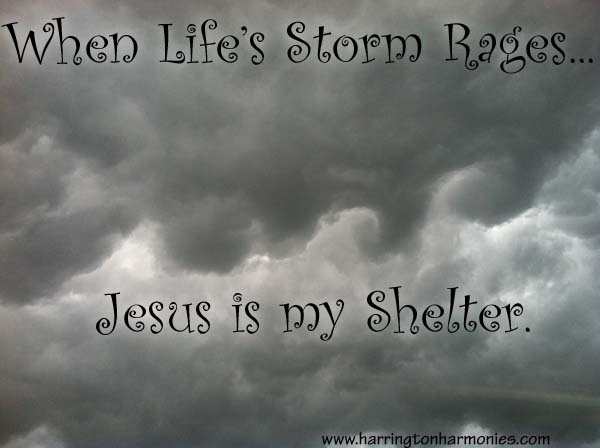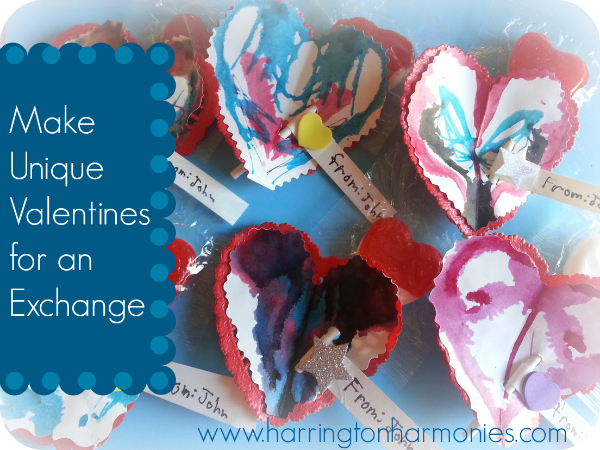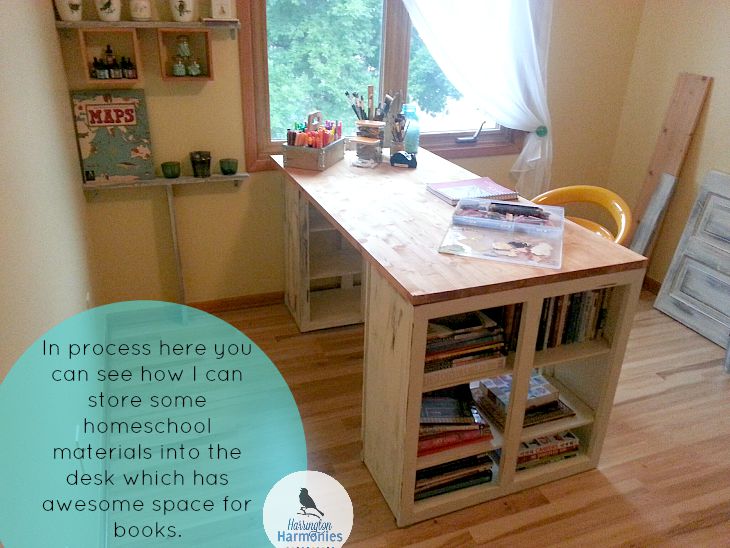Georgia O’Keeffe Art Lesson
For this Georgia O’Keeffe art lesson let’s begin with admiration for the artist. In what way did the artist bring life to her subjects? What can we gain from this artist? What makes the selected pieces unique? What was her style?
First, I gather great resources. The most amazing find was this wonderful coffee table book: One Hundred Flowers which I found @ the library! Then I ask my students questions about each piece. I like to point out the elements of each selection that bring out new vocabulary.
 |
Quote from Georgia O ‘ Keeffe |
Her flowers, shells, bones and desert landscapes are stunning. She certainly did achieve her aim when she said,
I’ll paint what I see-what the flower is to me but I’ll paint it big and they will be surprised into taking time to look at it.
You can find an excellent free copywork notebooking page for this quote @ The Notebooking Fairy.
Here are some additional resources to help you with this study:
- Georgia O’Keeffe Museum has an excellent biography and some displays of her works.
- Excellent Biography.
- Great O’Keeffe Pinterest Board from Artree.
- Awesome O’Keeffe flower puzzle to keep someone busy.
- Wonderful O’Keeffe resource from Harmony Fine Arts.
Color Flowers Like O’Keeffe Lesson Tutorial

For this lesson you will need for each student:
- 8 x 8 in. cut white construction paper
- 1 in. x 8 in white construction paper strips ( Fold into 5 equal folds.)
- Multiple and varied colors of Permanent Sharpie Markers.
- Multiple and varied colors of regular markers. Be sure you have packages that include variations of colors both light and dark.
- pencil w/eraser
Vocabulary to discuss and define: highlights, shading, color gradient scales, outline, overlapping, contrast, warm colors, cool colors, color families, and neutral colors.
Teaching about color gradients helps children add depth to their projects.
 This is the skill practice for the lesson. Before you start let each child choose the flower they want to draw. You can use real flowers or you can use O’Keeffe’s paintings. Once they have decided what they are drawing ask them what the main color of the flowers is. That is the color/color family they will be using to make their gradient. Choose six variations of the same or close to the same color.
This is the skill practice for the lesson. Before you start let each child choose the flower they want to draw. You can use real flowers or you can use O’Keeffe’s paintings. Once they have decided what they are drawing ask them what the main color of the flowers is. That is the color/color family they will be using to make their gradient. Choose six variations of the same or close to the same color.
Have your students or child fill the construction paper strip with each color from lightest to darkest. They are making a color gradient scale. This also explains and tests which colors are lightest and which are darkest. Your child will need to know this before doing the main project. The gradient will look like this:
Ask your students if their color is warm or cool. This will be important to know later for any background as it will be a contrasting color.
How to Color Georgia O’Keeffe flowers.
This lesson will teach kids the concept to always begin with lighter colors and slowly add shading with layer on layer of color from light to dark. White areas must be left blank. This will introduce them to color planning and a vision before starting.
Color isn’t just for crayons. Nor does skill with markers have to end with making posters. Through this lesson your child will learn to color in a more artistic way using markers. Markers don’t erase, so much like watercolors you have to start with lightest shade and slowly add darker creating depth to the project.
How to make big flower like Georgia O’Keeffe with markers on construction paper.
- Your student or child should already know what flower they are drawing and the various colors they will be using. Have your child draw the outline of the flower and it’s petals with pencil onto the 8 x 8 in. white construction paper. Make sure the student uses the entire space of the paper.
2. Next your child will outline the sketch, tracing over their pencil marks with their darkest permanent marker.
3. Erase any pencil marks showing.
4. As we begin to color the flowers it’s extremely important to stress that they must begin with lightest color and then add shadows slowly going darker and darker. They should use their gradient scale to remember which markers are lighter and darker. In addition if any area is to stay white, have your child leave it completely blank.
5. Point out to your child the shadows present in the object/flower being drawn. They should keep adding shades in those places until they have added their finishing touches with the darkest color.
6. Once all the shades are added then ask your child if they used cool or warm colors. If they used a warm color as in my sample have them choose a cool color for coloring the background space and vice versa. But if they used the entire paper that’s even better because remember these are big flowers so there shouldn’t be lots of border space if any.
Here are some wonderful samples of my co-op students projects!

Linked up for:Co-op Class Ideas Link Up, Smart School House- Whimsy Wednesday, Living and Learning @ Home -Trivium Tuesday
[ Return to Lesson by Artist Index ]

























13 Comments
Jenny
Absolutely LOVE this project! I teach art at our homeschool coop and am always looking for more projects! I love the simplicity of this project yet it looks amazing when complete- frame worthy by parents! Thankful I’ve stumbled on your blog with a plethora of awesomeness!!!
fee
Thank you so much for sharing this – I love o’Keefe’s pictures, but am not a confident artist so great to have tips on how to teach the children in my class.
Thanks again
Fee
Amy
Those look great! Your new website layout (since your switch) look very nice too =)
stephanie
Thanks Amy!
Joanna
These are just GORGEOUS. love the simplicity of the process, great for multiple ages. I will be on the lookout for some G. O’Keeffe reference books at our next library visit. Thanks for sharing…warm blessings, Joanna
stephanie
Thank you , so glad you enjoyed this!
Michelle
I just love your plans! Glad I subscribe here. 🙂
stephanie
Thanks Michelle!
melanie jean juneau (motherofnine9)
we always encouraged the kids to draw or do crafts and still do
Caroline
That’s fantastic! I love how you look at the artist behind the work. And beautiful artwork! Thanks for sharing.
stephanie
You are Welcome!